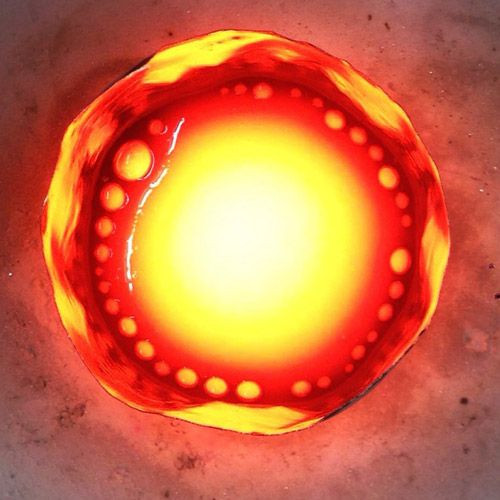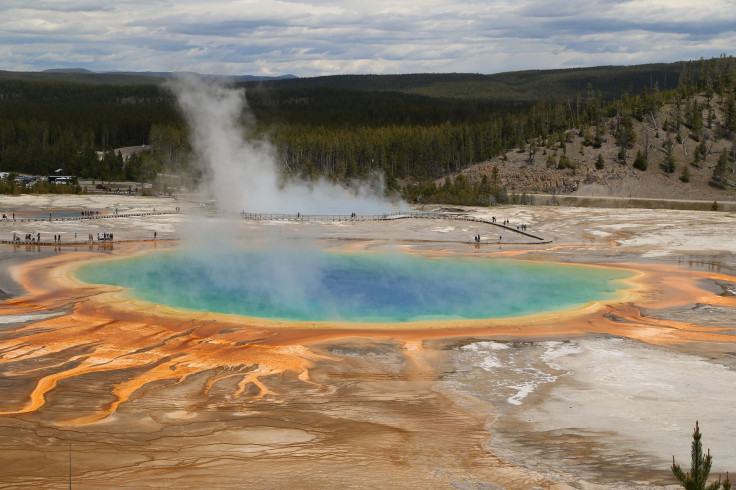Why Are Some Volcanic Eruptions More Violent Than Others?

Some lava oozes out of a volcano’s opening and creeps down a slope, burning everything in its path, while some shoots up into the sky and rains fire down onto the life below. Scientists want to know why certain eruptions of molten rock are more violent than others, and they may have found clues in chemistry.
The oozing sort of lava flow is known as an effusive eruption, while the burst is an explosive one. And according to the University of Bristol, the differences between them are subtle — going as far down as the nanoscale, to the amount of gas and crystals inside.
According to a study in the journal Nature, the team found a “critical compositional tipping point” in the melted form of the igneous volcanic rocks, known as rhyolite, that determines how vicious the magma becomes, which in turn dictates how violently it erupts to the surface as lava. Specifically, the composition affects whether the rock will “fluidize or stiffen” before it blows out from its underground deposits.
It’s the more viscous lava, the stiffened molten rock, that creates a more explosive eruption as opposed to an effusive one.
“These eruptions have the potential to influence global climate,” the authors wrote in their study.
That the pattern in composition they found remained the same even when things like water content and temperature, which can vary in eruptions, were changed.
The researchers used the Yellowstone volcanic system for their study. That is a huge one in terms of both size and eruptive potential. Much of Yellowstone National Park, located largely in Wyoming with parts creeping into Montana and Idaho, is sitting on top of the Yellowstone caldera — the crater created when the volcano erupted and left the chambers of magma below the surface empty, causing the ground to collapse into the hollow space. Yellowstone has been classified as a "supervolcano" because its eruption history contains one that reached a magnitude 8 out of 8 on the Volcano Explosivity Index.
If Yellowstone were to erupt at that level again, it would send enough ash and gas into the atmosphere to cloak most of the U.S.

© Copyright IBTimes 2025. All rights reserved.



















